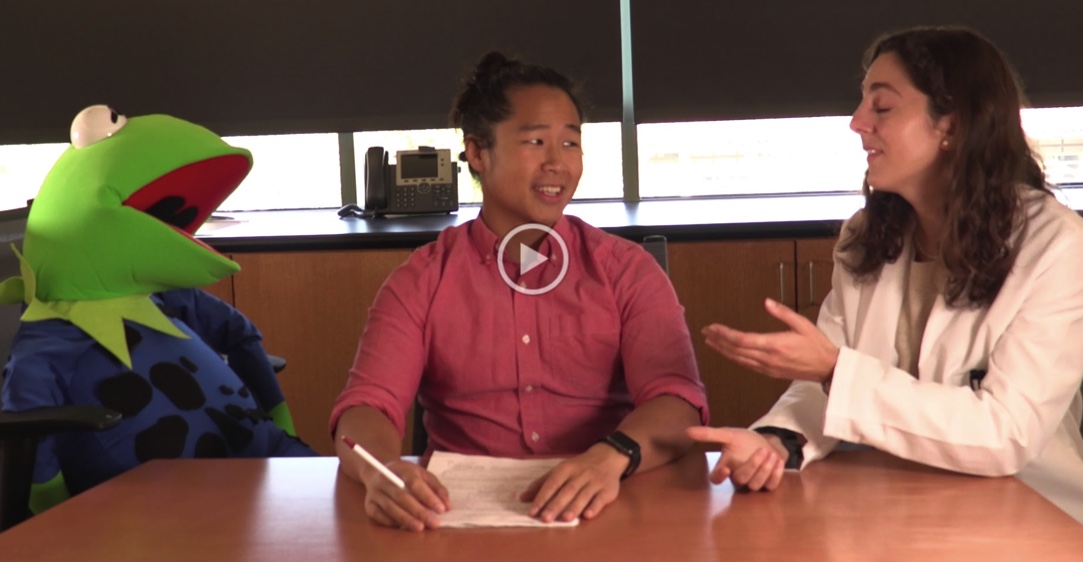Froggers School Program
The Froggers School Program was developed by Dr. Lauren O'Connell as a partnership with K-12 science teachers to bring dynamic, meaningful, and engaging learning experience to the classroom.
What the O'Connell Lab does for Little Frogger classrooms:
§ Donate Dart Frog eggs, tadpoles, and/or frogs to classrooms (Don't worry... all dart frogs are non-toxic in captivity): Students can watch the eggs hatch, the tadpoles grow and eventually watch metamorphosis of tadpoles into froglets! Watching this amazing transition from water to land is extremely exciting for children of all ages and is an excellent learning tool for understanding developmental biology.
§ Visit the Little Frogger Classrooms: Dr. Lauren O'Connell and other lab members visit the Little Frogger classrooms to talk with the students about the amazing transitions classroom frogs are making in the context of developmental biology. We also use this opportunity to discuss rainforest biodiversity, global amphibian decline, and rainforest conservation. All visits are timed to coincide with major frog developments (like metamorphosis) and science discussions are appropriate to the age of each classroom (a curriculum developed in consultation with the Life Sciences Outreach Program at Harvard University).
§ Provide support for frog care: Caring for frogs requires teamwork from the whole classroom, from culturing feeder insects for the froglets or giving tadpoles fresh water. Even so, very young classrooms all the way to high school students can be successful frog-keepers. The O'Connell Lab works with each classroom individually to educate students and teachers about responsible and humane frog care. The O'Connell Lab provides a manual on the Care of Dart Frogs to each classroom as well as starter insect and springtail cultures.
What Little Frogger classrooms do:
§ Each classroom raises and cares for dart frogs: This is a team effort that requires culturing feeder insects as food for frogs, feeding and changing the water for tadpoles, and ensuring that each frog has a suitable habitat.
- Each classroom must provide all supplies (tanks, plants, moss, etc): A list of essential items and a guide on how to set up tanks is provided to every classroom after consultation with each teacher on the goals of the collaboration and how long the frogs will remain in classroom care

